Introduction: 134a refrigerant, also known as R-134a or 1,1,1,2-Tetrafluoroethane, is a widely used hydrofluorocarbon (HFC) refrigerant in various cooling and refrigeration systems. Its popularity stems from its non-toxicity, non-flammability, and favorable thermodynamic properties. However, despite its widespread use, concerns about its environmental impact have led to increased scrutiny and calls for alternatives. This article aims to delve into the properties, uses, and environmental considerations of 134a refrigerant.
Properties of 134a Refrigerant:
- Chemical Structure: 134a refrigerant has a chemical formula of CH2FCF3, consisting of carbon, hydrogen, and fluorine atoms. Its molecular weight is approximately 102.03 g/mol.
- Physical State: At room temperature and atmospheric pressure, 134a refrigerant exists as a colorless, odorless gas. It has a boiling point of -26.3 degrees Celsius (-15.3 degrees Fahrenheit) and a freezing point of -101 degrees Celsius (-149.8 degrees Fahrenheit).
- Thermodynamic Properties: 134a exhibits excellent thermodynamic properties for refrigeration applications, with a relatively low boiling point and moderate pressure characteristics suitable for various cooling systems.
Uses of 134a Refrigerant:
- Automotive Air Conditioning: One of the primary applications of 134a refrigerant is in automotive air conditioning systems. It replaced the previously used chlorofluorocarbon (CFC) refrigerants due to environmental concerns related to ozone depletion.
- Commercial Refrigeration: 134a is also utilized in commercial refrigeration units, including refrigerators, freezers, and vending machines. Its stable thermodynamic properties make it suitable for maintaining consistent cooling temperatures.
- Industrial Cooling: Industries employ 134a refrigerant in processes requiring precise temperature control, such as in semiconductor manufacturing, pharmaceutical production, and food processing.
- Residential Air Conditioning: Some residential air conditioning systems utilize 134a refrigerant, particularly in regions where regulations restrict the use of other refrigerants with higher ozone depletion potential.
Environmental Impact and Concerns: Despite its widespread use, 134a refrigerant is not without environmental drawbacks. The primary concern relates to its high global warming potential (GWP). While 134a does not deplete the ozone layer like its predecessors, it contributes to climate change due to its greenhouse gas properties. The GWP of 134a is approximately 1,430 over a 100-year period, meaning it has 1,430 times the warming potential of carbon dioxide (CO2) when released into the atmosphere.
Efforts to Mitigate Environmental Impact:
- Regulation: Governments and environmental agencies have implemented regulations to phase out or restrict the use of 134a refrigerant in various applications. These regulations aim to transition to alternative refrigerants with lower GWPs to mitigate climate impact.
- Research and Development: Intensive research and development efforts are underway to discover and develop alternative refrigerants with lower environmental impact while maintaining efficient cooling properties.
- Retrofitting and Replacement: In some cases, existing systems using 134a refrigerant can be retrofitted or replaced with more environmentally friendly alternatives to reduce emissions and mitigate climate impact.
Conclusion: 134a refrigerant has been a staple in various cooling and refrigeration applications for decades, owing to its favorable thermodynamic properties and safety characteristics. However, concerns about its high global warming potential have prompted a reevaluation of its use, leading to efforts to transition to alternative refrigerants with lower environmental impact. As industries and policymakers continue to prioritize sustainability, the future of refrigeration lies in finding innovative solutions that balance efficiency with environmental responsibility.
What Color Is 134a Refrigerant?
Understanding the Visual Identification of R-134a
One of the most common questions from automotive and HVAC professionals is “what color is R-134a refrigerant?” In its pure form, 134a refrigerant is colorless and odorless, making it undetectable by sight or smell. However, manufacturers typically store it in light blue cylinders to help technicians easily identify the product. So, if you're wondering “what color is 134a refrigerant?”, remember: the gas itself has no color, but the cylinder it comes in is coded for recognition.
This color-coding system helps prevent mixing refrigerants, which can damage AC systems. Whether you’re shopping for 134a refrigerant 30lb cylinders or smaller automotive applications, always verify labeling and purity. At Refrigerants Center, we offer high-purity R-134a products suitable for cars, refrigerators, and commercial systems.
Visit our full collection of refrigerants or check out our homepage to explore a variety of certified refrigerant options. Proper identification of refrigerant types is essential for system longevity and environmental compliance.
Does Freon Go Bad in a Car?
Shelf Life and Replacement Frequency of Automotive Refrigerants
Many car owners ask, “does Freon go bad in a car?” or “how often does Freon need to be replaced?” The truth is, refrigerant like R-134a does not expire or degrade over time if the AC system is sealed and functioning correctly. However, refrigerant can leak over time due to small cracks, faulty valves, or damaged seals. So while Freon doesn't go bad, its quantity and pressure can decline, impacting AC performance.
Generally, car AC refrigerant should only be recharged if there’s a leak or poor cooling. On average, R-134a refrigerant lasts 3 to 7 years in a well-maintained system. It's important to note that refrigerant does not have an expiration date, but its effectiveness can diminish if contaminants enter the system.
If you're wondering “where can I buy refrigerant” for automotive use, check our R-134a 30 lb cylinder, which is ideal for mechanics and service centers. Our EPA-compliant products ensure optimal performance and safety for all your vehicle AC needs.
Understanding the Price of 134a Refrigerant
Factors Affecting the Cost of R-134a Today
The price of 134a refrigerant has fluctuated significantly due to environmental regulations, manufacturing costs, and supply chain dynamics. When searching for 134a refrigerant price or R-134a refrigerant cost, you’ll notice variability across retailers. Factors like purity levels, cylinder size (e.g., 134a refrigerant 30lb), and demand in the automotive and appliance sectors all influence pricing.
At Refrigerants Center, we keep our pricing transparent and competitive while complying with all EPA guidelines. We don’t display prices directly online, but you can contact us for quotes and availability. Our bulk orders for R-134a refrigerant are ideal for HVAC contractors, automotive shops, and service providers needing consistent inventory.
To view all available refrigerants and alternatives, visit our product collection and explore options for automotive and commercial needs. With strict quality control and nationwide shipping, we help you stay stocked and compliant with current environmental standards.
FAQ
What color is R-134a refrigerant?
R-134a refrigerant is colorless in its natural state, but is typically stored in light blue cylinders for easy identification.
Does Freon go bad in a car?
No, Freon (R-134a) doesn't expire, but it can leak or be lost over time, requiring recharge.
How long does R-134a refrigerant last in a car AC system?
If the system is sealed and well-maintained, R-134a can last between 3 to 7 years without needing replacement.
What affects the price of 134a refrigerant?
Factors include purity, cylinder size (e.g., 30 lb), supply chain constraints, and regulatory compliance.
Where can I buy refrigerant like R-134a?
You can buy certified R-134a refrigerant at Refrigerants Center, with nationwide delivery options.
Is R-134a still used in modern vehicles?
Yes, R-134a remains the most common refrigerant for vehicles manufactured before 2021, although newer models are shifting toward alternatives like R-1234yf.



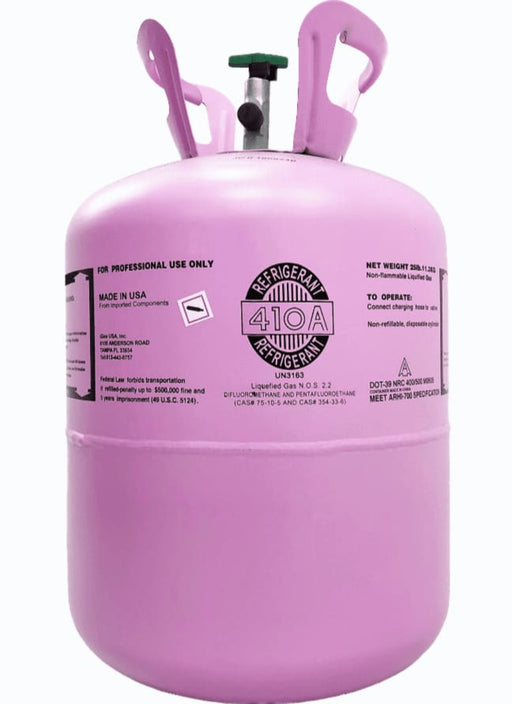
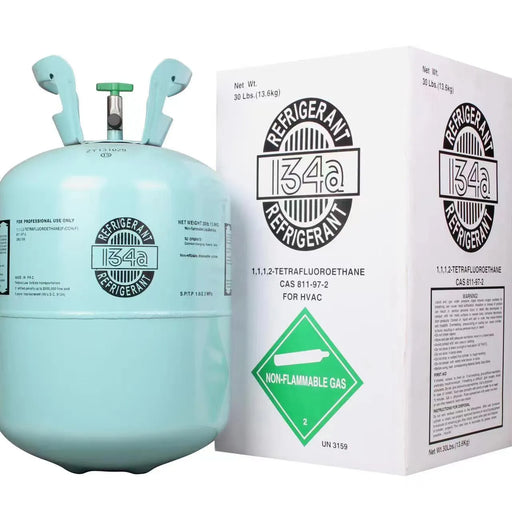

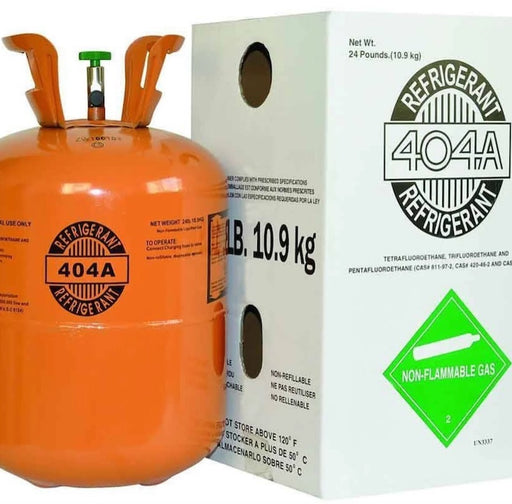
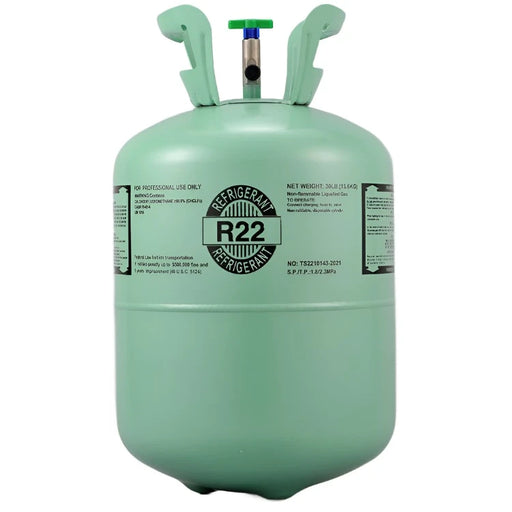
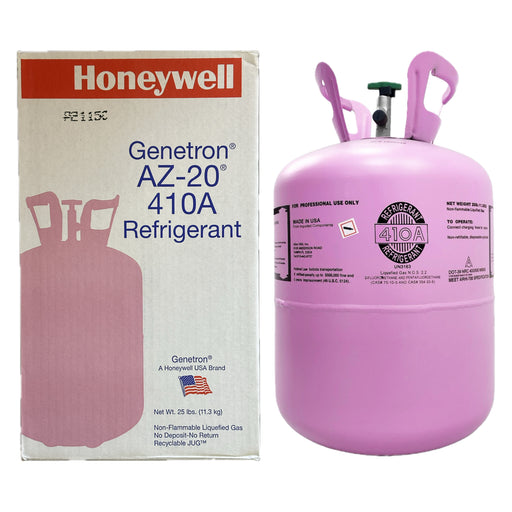
Leave a comment